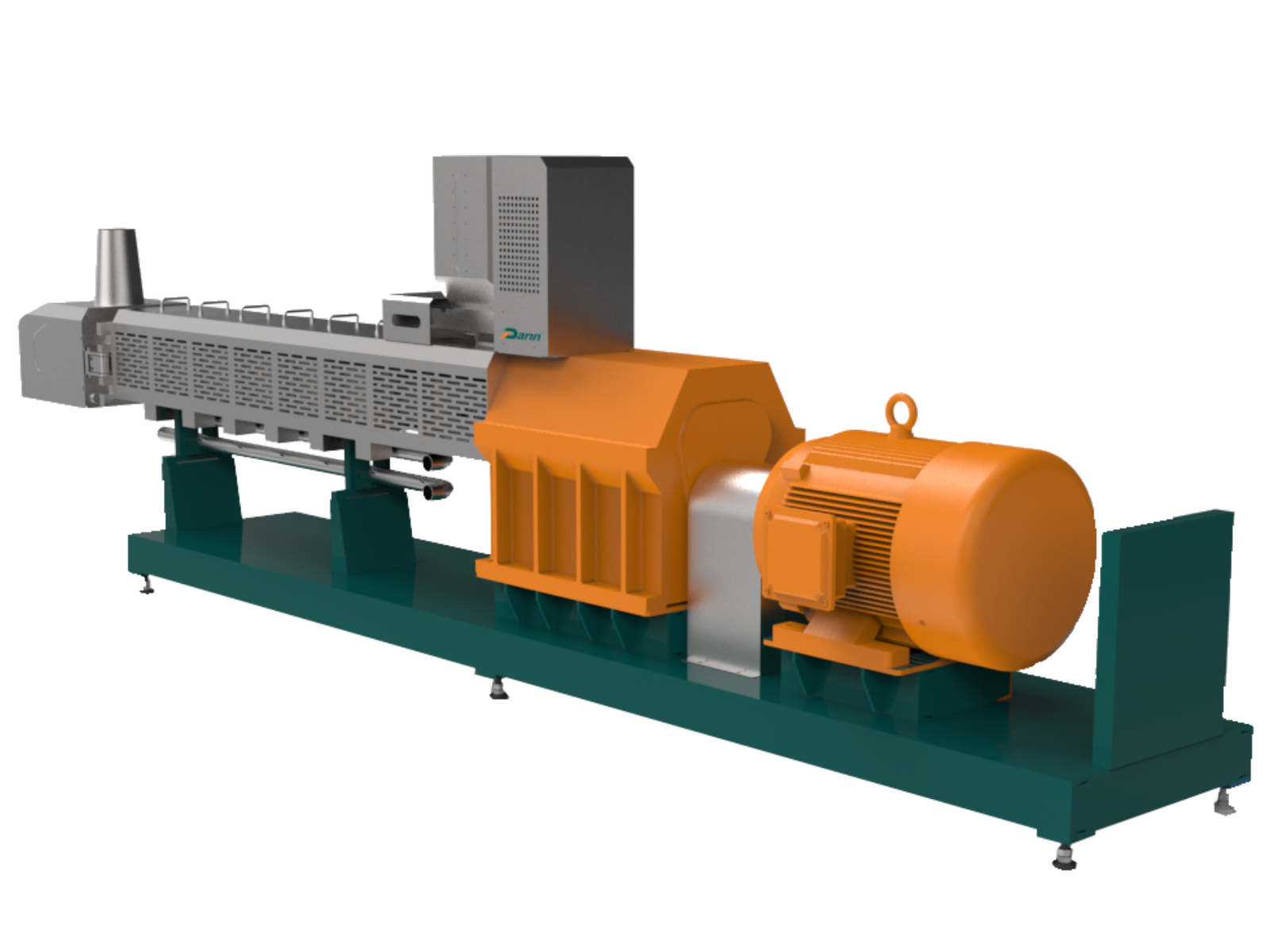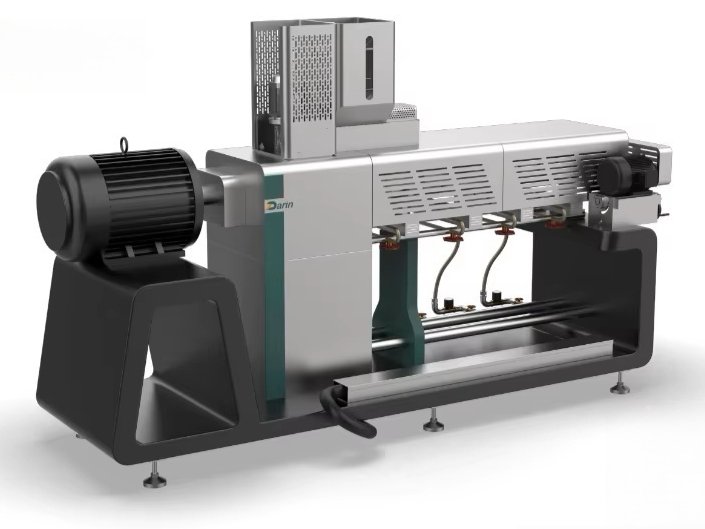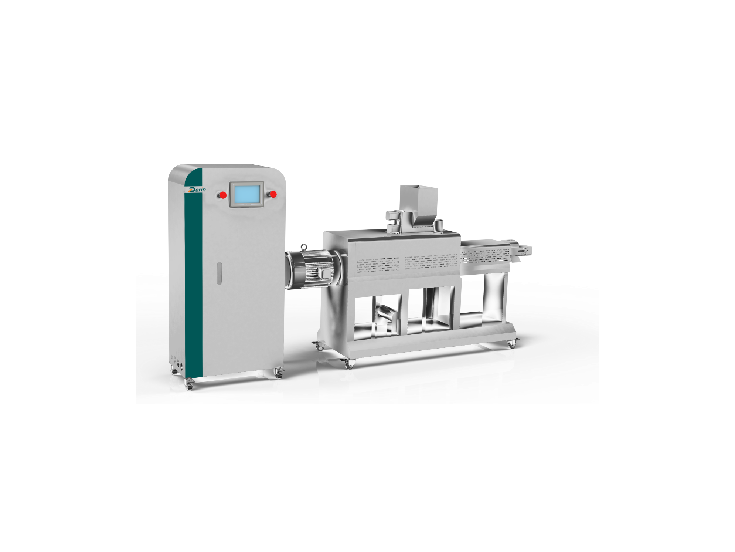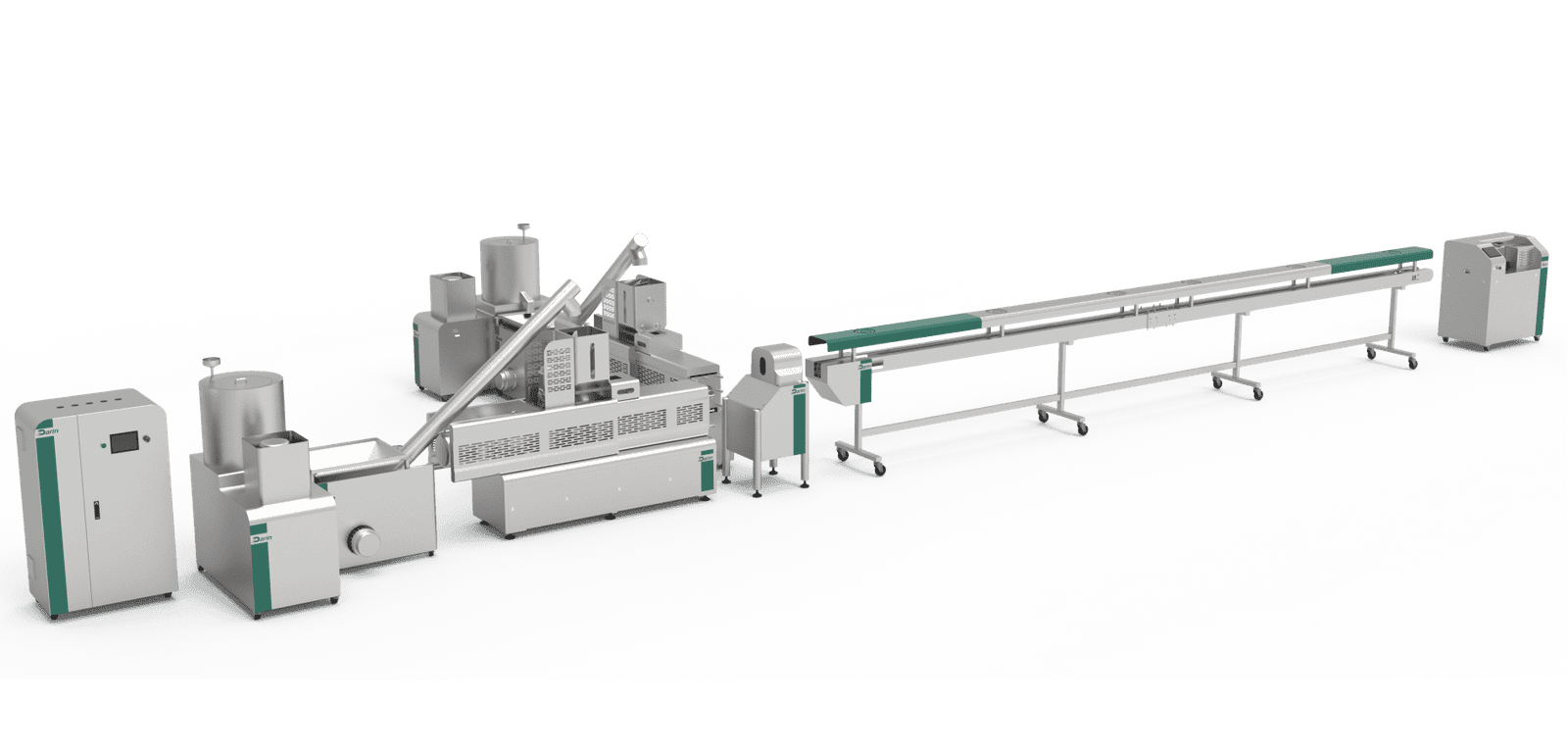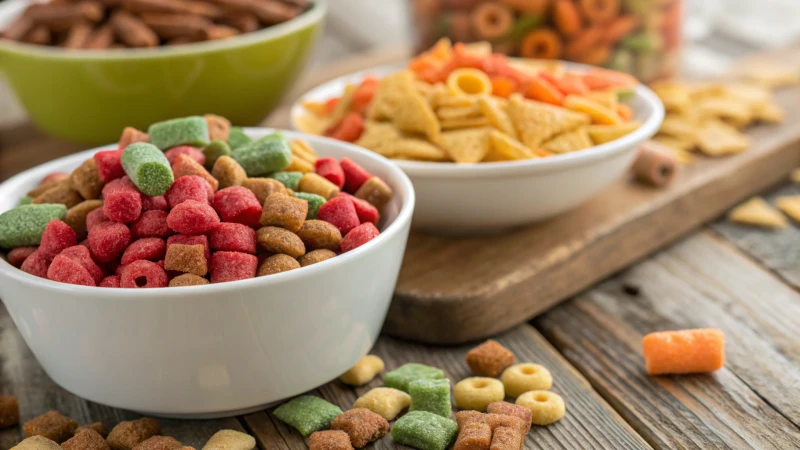
Snack foods are a staple in modern diets, offering convenience and taste. However, many consumers worry about their health impact, particularly with extruded snacks—those processed using high temperatures and pressure. These concerns include nutrient loss, high-fat content, and the presence of additives. On the other hand, advancements in food technology have allowed for healthier versions of these snacks. So, are extruded snacks healthy? Let's explore their nutritional aspects, benefits, and potential downsides.
Extruded snacks can be both healthy and unhealthy, depending on their ingredients, processing methods, and nutritional profile. Healthier versions use whole grains, legumes, and minimal additives, while heavily processed options with high salt, fat, and artificial ingredients can be less beneficial.
Extrusion technology has revolutionized the snack industry, but its effects on nutrition and health are complex. To make an informed choice, it's crucial to understand how extrusion affects food, what ingredients are used, and how different factors influence the final product's healthiness.
1. What Are Extruded Snacks and How Are They Made?
Introduction to Extruded Snacks
Extrusion is a common food processing technique used to create various snack foods, including chips, puffed cereals, and protein bars. The process involves forcing a mixture of ingredients through a machine (extruder) at high temperature and pressure, shaping the product before it is dried or fried.
Key Steps in the Extrusion Process
- Raw Material Selection – Ingredients such as corn, rice, wheat, or legumes are chosen.
- Mixing and Pre-conditioning – Ingredients are blended with water, vitamins, and flavors.
- Extrusion Cooking – The mixture is subjected to high heat and pressure before being shaped.
- Drying and Cooling – The product is dried to reduce moisture content and improve shelf life.
- Flavoring and Packaging – Some snacks are coated with seasonings, oils, or sugar before packaging.
Effects of Extrusion on Nutritional Composition
| Nutrient | Effect of Extrusion |
|---|---|
| Proteins | Some denaturation occurs, but digestibility may increase. |
| Carbohydrates | Starch is gelatinized, making it easier to digest. |
| Fiber | Can be reduced, but depends on raw materials. |
| Vitamins | Water-soluble vitamins like B & C may be lost. |
| Fats | Minimal change unless oil is added post-extrusion. |
Extruded snacks retain all their nutrients after processing.False While extrusion improves digestibility, it can lead to the loss of certain heat-sensitive nutrients.
2. Do Extruded Snacks Lose Nutritional Value?
Nutritional Concerns with Extrusion Processing
One of the biggest debates around extruded snacks is nutrient loss. The high temperatures used in extrusion can degrade certain vitamins and alter food composition.
Which Nutrients Are Most Affected?
- Vitamin C and B Vitamins (Thiamine, Niacin, Folate) – These are heat-sensitive and may be reduced during processing.
- Fiber – Some fiber breakdown occurs, but using whole grains can help retain it.
- Protein Quality – While proteins are denatured, extrusion can make them more digestible.
Extrusion destroys all vitamins in food.False Some vitamin loss occurs, but manufacturers can fortify products to compensate.
3. Are There Healthier Alternatives to Traditional Extruded Snacks?
Choosing Nutrient-Dense Extruded Snacks
Many food companies are now producing healthier extruded snacks by incorporating:
- Whole grains (e.g., brown rice, quinoa)
- Legumes (e.g., lentils, chickpeas)
- Natural seasonings (e.g., herbs, sea salt, nutritional yeast)
How to Identify Healthier Options?
| Criteria | Healthier Choice | Less Healthy Choice |
|---|---|---|
| Ingredients | Whole grains, legumes | Refined flours, artificial flavors |
| Fat Content | Baked, air-puffed | Fried, trans fats added |
| Sodium & Sugar | Low sodium, natural sweeteners | High salt, added sugars |
All extruded snacks are unhealthy due to processing.False Healthier extruded snacks made with whole grains and natural ingredients can be part of a balanced diet.
4. What Are the Common Ingredients in Extruded Snacks?
Typical Ingredients in Traditional vs. Healthy Extruded Snacks
| Ingredient | Traditional Extruded Snacks | Healthier Alternatives |
|---|---|---|
| Base | Refined corn, white rice | Whole grains, legumes |
| Fat | Hydrogenated oils | Healthy oils (olive, sunflower) |
| Flavoring | Artificial flavors, MSG | Herbs, spices, nutritional yeast |
| Sweeteners | High fructose corn syrup | Honey, coconut sugar |
5. How Do Extruded Snacks Compare to Other Snacks?
| Snack Type | Calories | Protein | Fiber | Common Additives |
|---|---|---|---|---|
| Extruded Chips | 150-200 | 2g | 1g | Artificial flavors |
| Air-Popped Popcorn | 90 | 3g | 3.5g | None |
| Baked Whole-Grain Crackers | 120 | 3g | 2g | Minimal |
6. Can Extruded Snacks Be Part of a Healthy Diet?
Yes, if chosen wisely! Opt for snacks with:
✅ Whole food ingredients
✅ Minimal added fats and sugars
✅ High fiber and protein content
7. What Should Consumers Look for When Buying Extruded Snacks?
- Check the ingredient list – Look for whole grains and real foods.
- Watch for sodium and sugar levels – Aim for low added sugar and sodium.
- Consider the processing method – Baked or air-puffed options are preferable.
Conclusion: Are Extruded Snacks a Healthy Choice?
Extruded snacks can be either healthy or unhealthy, depending on the ingredients and processing methods. Opting for whole grains, legumes, and natural flavorings makes a significant difference. Consumers should read labels carefully and choose nutrient-dense options over highly processed varieties.
Want to Buy Make Snack machine? Contact Us!
Looking for Buy Make Snack machine? Reach out to us for expert recommendations!
Frequently Asked Questions
What Are Extruded Snacks?
Extruded snacks are food products made through an extrusion process, where ingredients are processed under high heat and pressure to form specific shapes and textures. Examples include puffed corn snacks, breakfast cereals, and cheese puffs.
Are Extruded Snacks Healthier Than Regular Snacks?
Extruded snacks can be both beneficial and harmful depending on the ingredients and processing methods used. Some extruded snacks are enriched with nutrients, while others contain high levels of unhealthy fats, salt, and artificial additives.
Do Extruded Snacks Lose Nutrients During Processing?
Yes, the high heat and pressure used in the extrusion process can degrade heat-sensitive nutrients like vitamins B and C. However, some manufacturers fortify extruded snacks with additional nutrients to compensate for these losses.
What Are the Health Risks of Eating Extruded Snacks?
Eating highly processed extruded snacks regularly may contribute to excessive sodium intake, unhealthy fats, and artificial additives, leading to potential health risks such as obesity, high blood pressure, and digestive issues.
How to Choose Healthier Extruded Snacks?
Look for extruded snacks with whole grains, low sodium, minimal additives, and high protein or fiber content. Checking ingredient labels and opting for baked instead of fried snacks can make a difference.
References
- The Effects of Food Processing on Nutrients – https://www.ncbi.nlm.nih.gov
- Extrusion Cooking and Its Impact on Food Quality – https://www.sciencedirect.com
- Are Processed Snacks Unhealthy? – https://www.healthline.com
- The Science Behind Extrusion Technology – https://www.foodprocessing.com
- Understanding Food Additives in Processed Snacks – https://www.fda.gov
- Whole Grains and Their Benefits in Snacks – https://www.wholegrainscouncil.org
- Sodium Intake and Processed Snacks – https://www.heart.org
- How Heat Affects Nutrients in Food Processing – https://www.nutrition.org
- Healthy Alternatives to Traditional Processed Snacks – https://www.eatright.org
- Do Extruded Snacks Cause Weight Gain? – https://www.webmd.com


